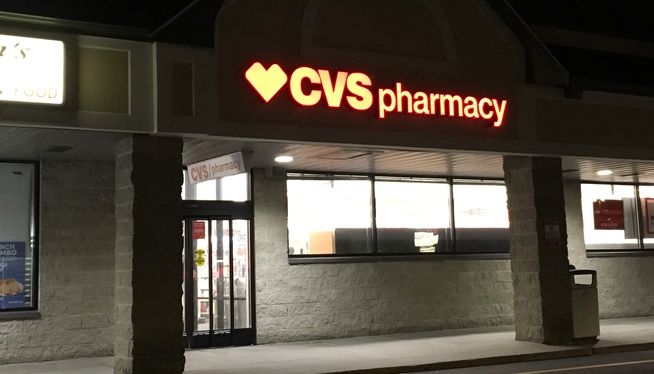
The Associated Press
The thousands of drivers who use a Rhode Island highway on their way to work every day probably have no idea they are passing over the graves of some people who died in the late 1800s and early 1900s at state institutions.
The location of the graves beneath the highway in Cranston, Rhode Island, was publicized in a WPRI-TV story Monday about a woman searching for the gravesite for her great-great-grandfather.
Maria da Graca has been looking for his grave for more than a decade. She feared at one point he might be under the highway.
Route 37 was built between 1963 and 1969 over part of the institution cemetery called State Farm Cemetery #1. There are about 1,200 gravesites containing 3,000 people. A thousand of those graves should have been moved, said Charles St. Martin, a spokesperson for the Rhode Island Department of Transportation.
“It was during a time when regulations were far more lax than they are now,” he wrote in an email Tuesday. “This would never happen now.”
St. Martin said the planning was completed prior to the federal legislation passed in 1966 to preserve historic and archaeological sites, so historical or environmental surveys weren’t done. And there were no grave markers when the highway was built because the original grave markers were wooden stakes that had rotted away, he added.
Some of the grave markers had been destroyed by fire too. The cemetery was near railroad tracks and sparks from the steam engines set fires that consumed the markers, according to a description of the cemetery by the Rhode Island Historical Cemetery Commission. The cemetery deteriorated and became overgrown.
In 2006, dozens of coffins were exposed due to rain and some had to be moved when the road was repaired, the commission said.
That was when the transportation department realized the graves were there, St. Martin said. The department is not aware of any other state highways that were built over cemeteries. It does not plan to move the graves that are under Route 37.
“We are most sympathetic to the families of all the people who long ago were buried in unmarked graves but this is the extent of our knowledge and our records,” he wrote in the email.
No relatives of the deceased have approached the department to raise this as an issue. Most of the people who died at the state institutions for poor people and those with mental illness were buried by their families elsewhere.
Da Graca’s relative, Antonio Coelho, was likely buried in institution cemetery #3 when he died in 1941. Coelho came to Rhode Island from Cape Verde to buy a packet ship in 1891. But after the captain intentionally sunk the ship, Coelho spent the rest of his life in poverty and had to live at the state institution.
The DOT believes his grave was probably one of 577 that were moved to cemetery #2 in 1975 to make way for an industrial complex, but da Graca told WPRI she’s not convinced he’s there and she will keep searching.












